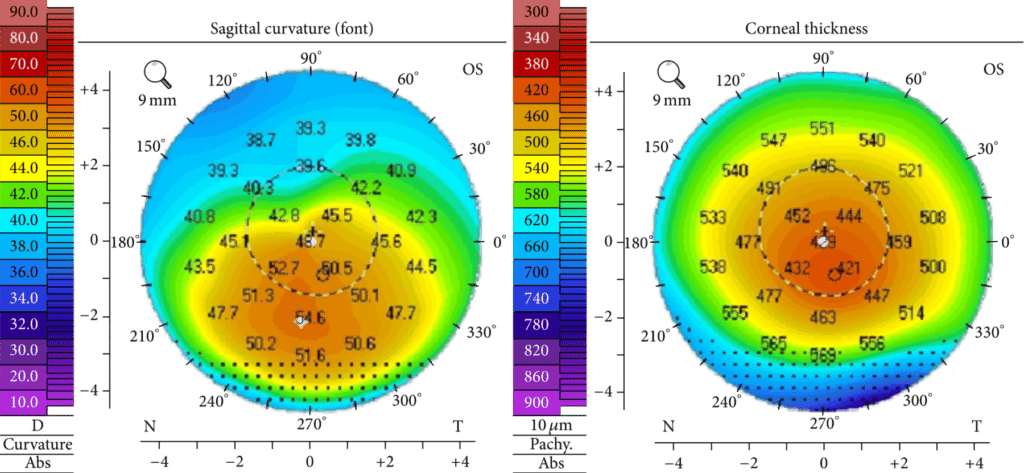Keratoconus Myths Busted- 6 Most Common Misconceptions
1. “Corneal transplant is the only treatment”
Many cornea transplant surgeons whose practice is based on performing corneal transplants, want you to think this is the only option. They do not want you to know that there is an alternative non- invasive crosslinking procedure called Holcomb C3-R. Invented in 2003, this crosslinking procedure has the longest track record of any form of crosslinking in the United States.
2. “If I get Intacs, I will feel them floating around in my eye”
Intacs do not “float around.” They are tiny semi-circle inserts that are placed in the peripheral layer of the cornea. They are immediately locked in place and sealed by the “healing process,” and patients usually do not feel them. Dr. Brian pioneered Intacs in 1999 and has had the longest experience in the world doing so.
3.“Intacs need to be replaced every couple of years”
Intacs do not wear out or degrade and do not need to be replaced.
4.“Hard contact lenses stop Keratoconus from worsening”
Contact lenses are often mistaken for stopping the worsening of Keratoconus, but the truth is no contact lens is able to stop or slow down the worsening. The main purpose of contacts is to “smooth out” the eyes surface while improving the vision. There are six different types of custom lenses that are a possible fit for a patient. Fitting for Keratoconus patients can be difficult, because the lens must fit around the cornea’s bulge, while still maintaining the comfort and proper fit, but it is nothing Dr. Weiss, Keratoconus contact lens specialist can’t help you with.
5. “Keratoconus only develops in young people”
Most people diagnosed with Keratoconus are under the age of 30 years old, but there are a number of patients who get diagnosed that are in their 40’s and even 50’s. Although age does not play an important factor because anybody could be diagnosed, Keratoconus occurs in 1 in 500 people.
6. “My Keratoconus is too severe and cannot be helped”
Often times Keratoconus patients with severe cases are told by their doctors that their only options are an invasive cornea transplant or hard contact lens. Dr. Boxer Wachler has made the technological advances to help people who could not be helped in the past, leaving patients with a peace of mind.


